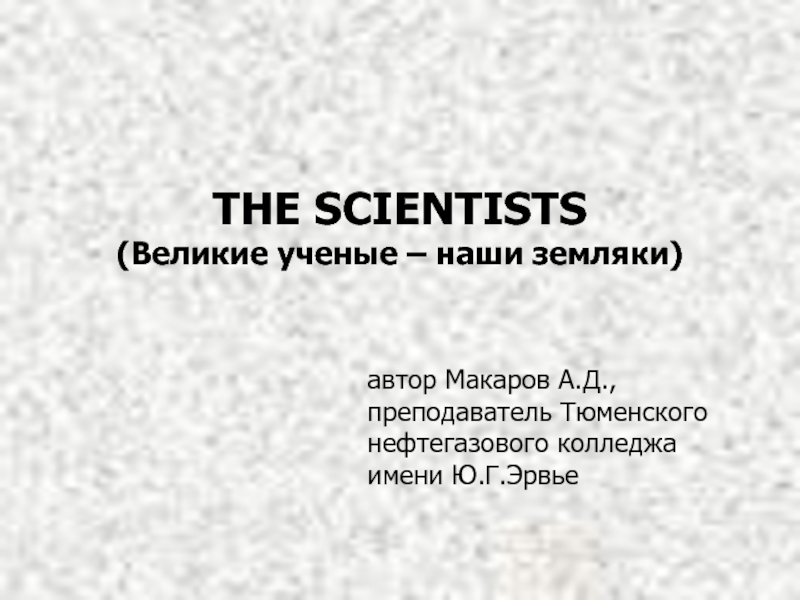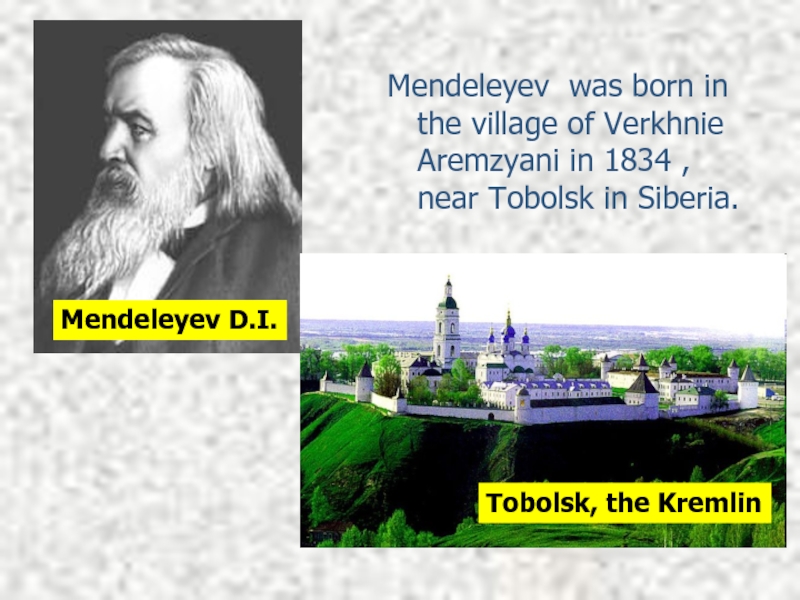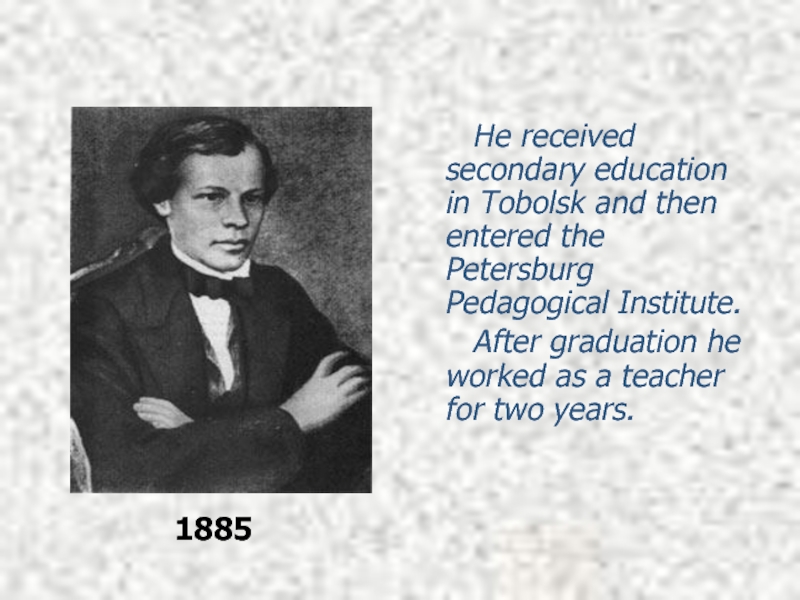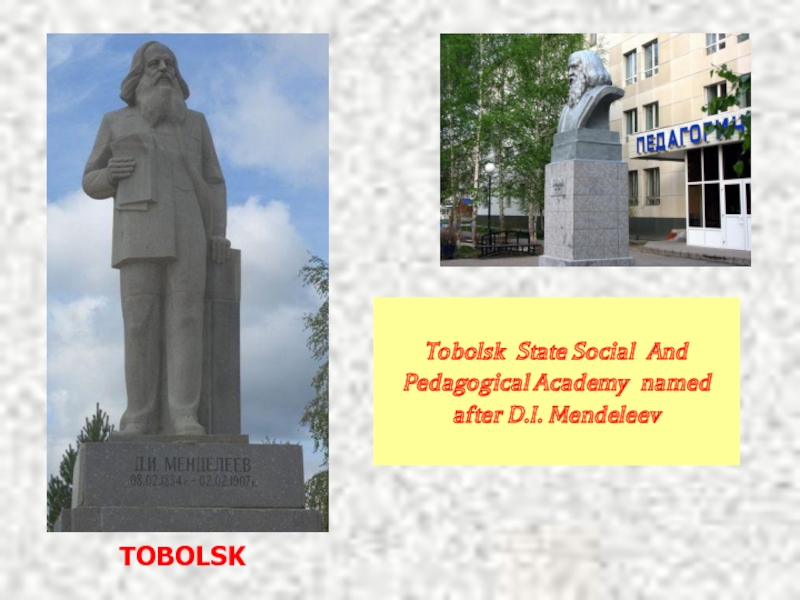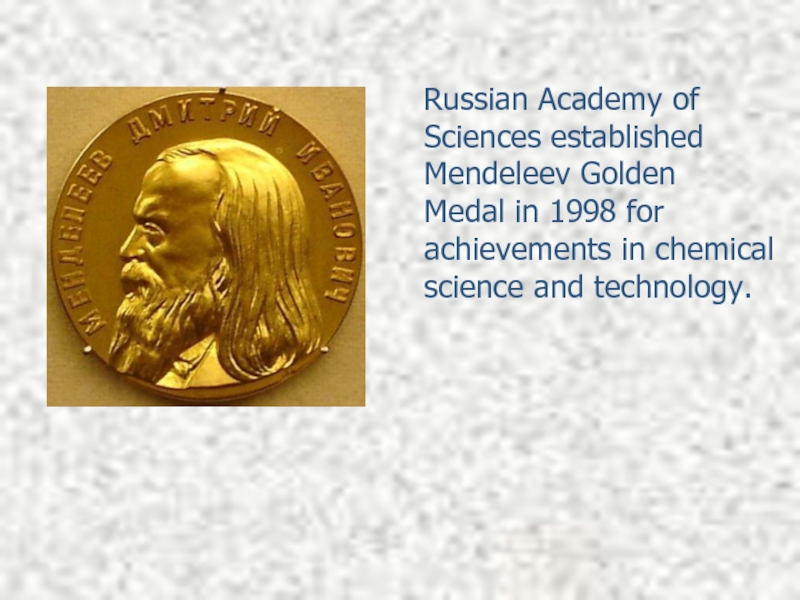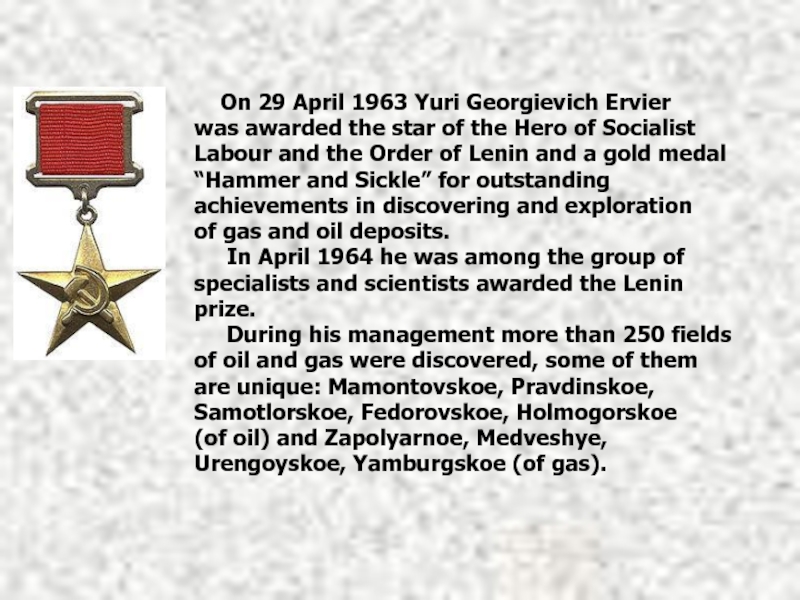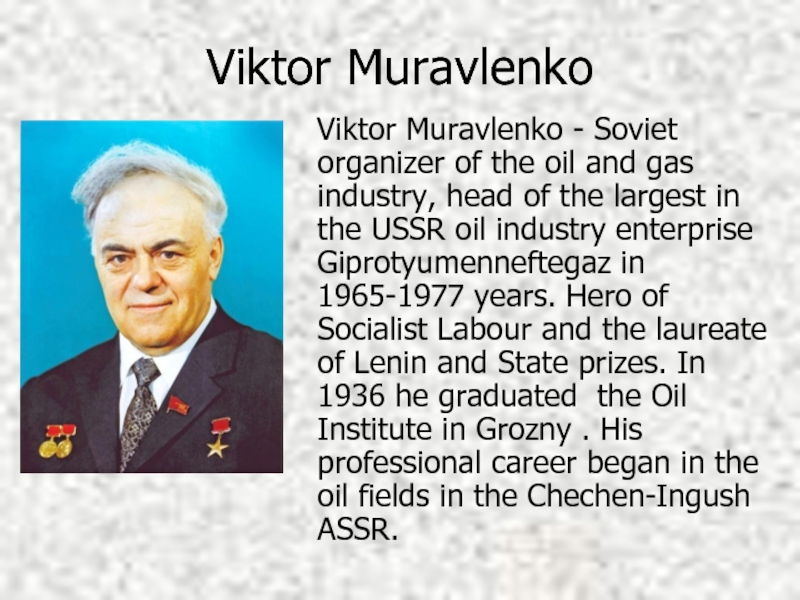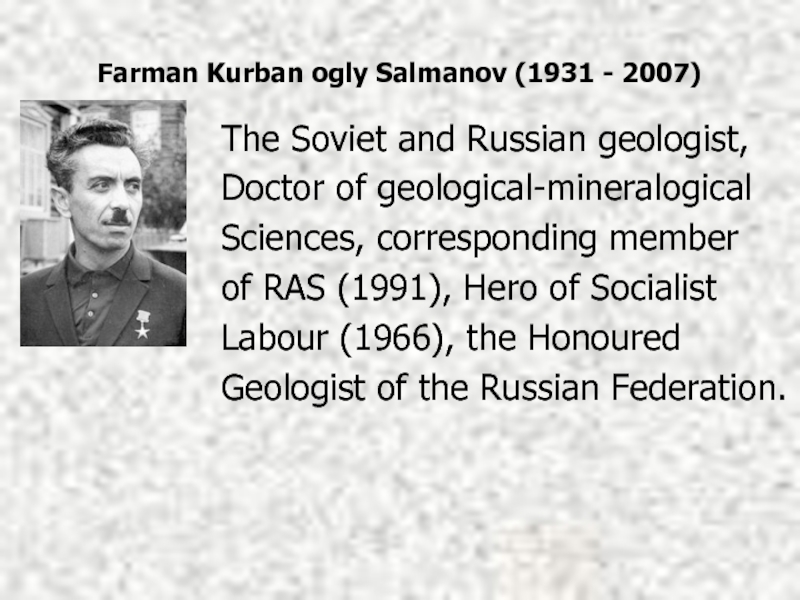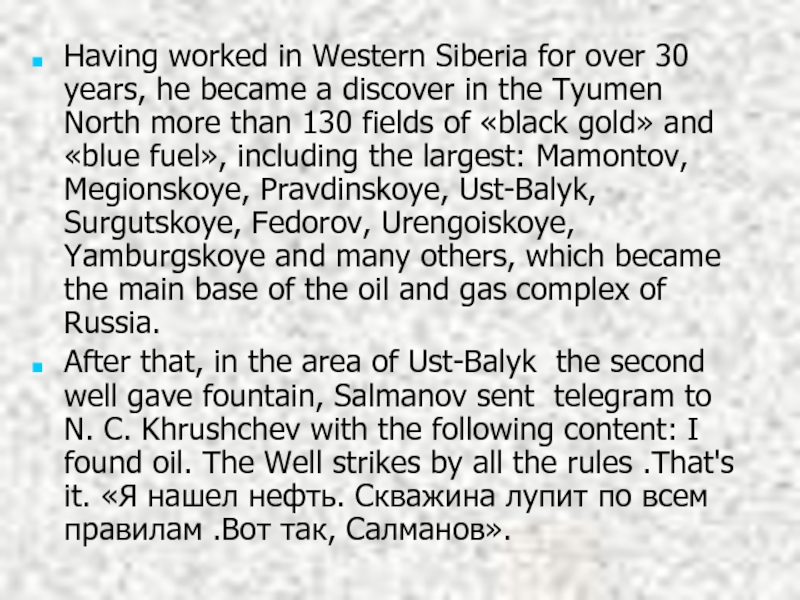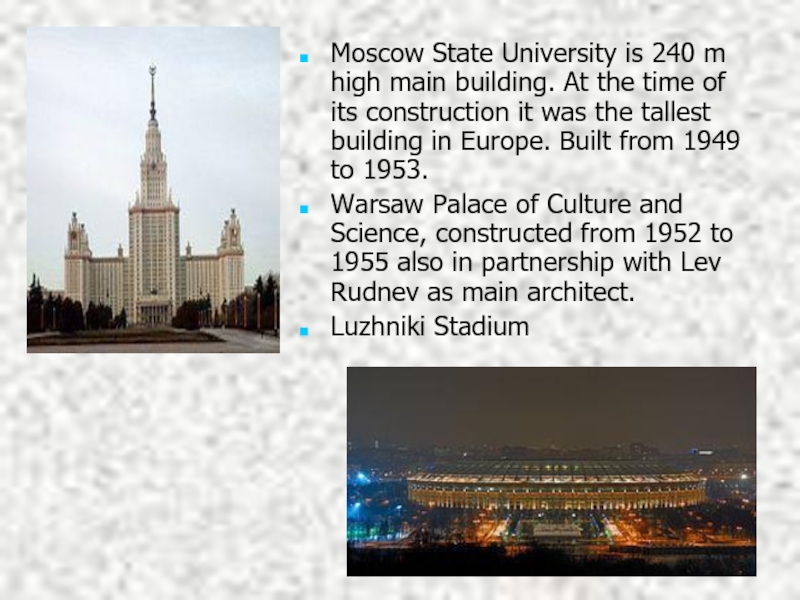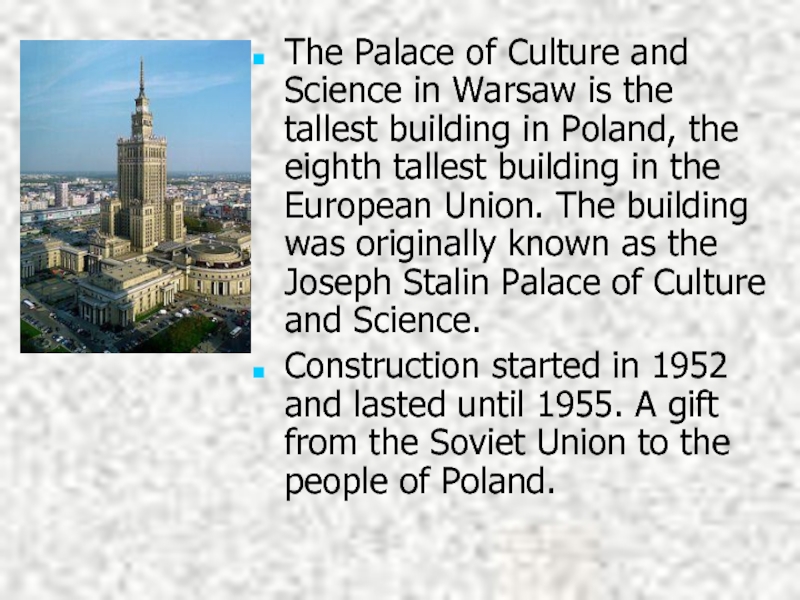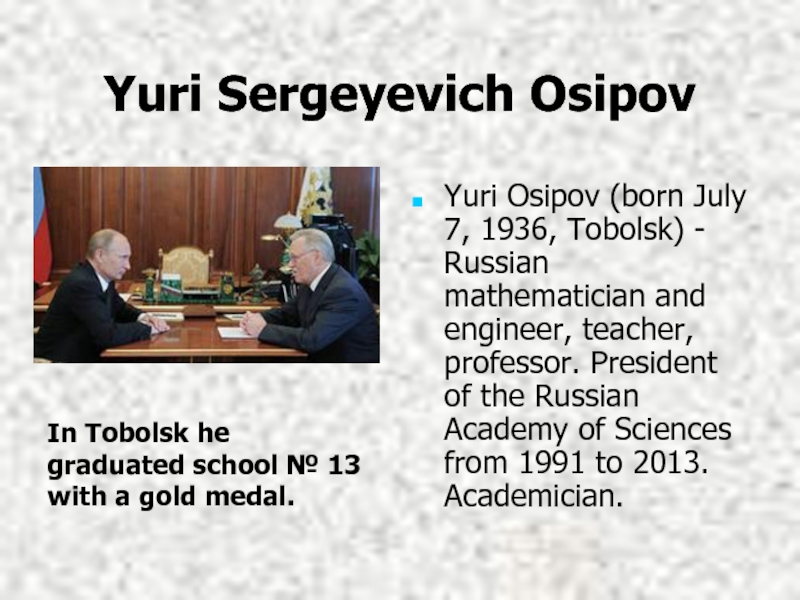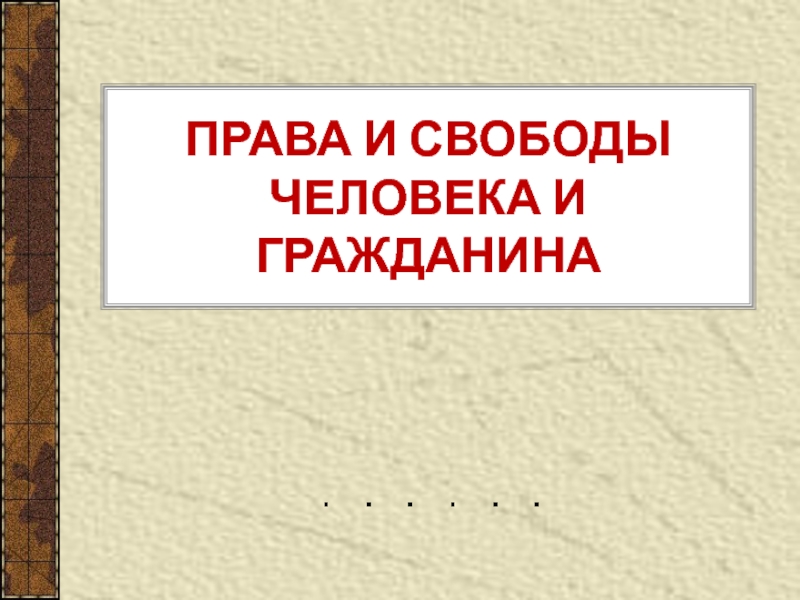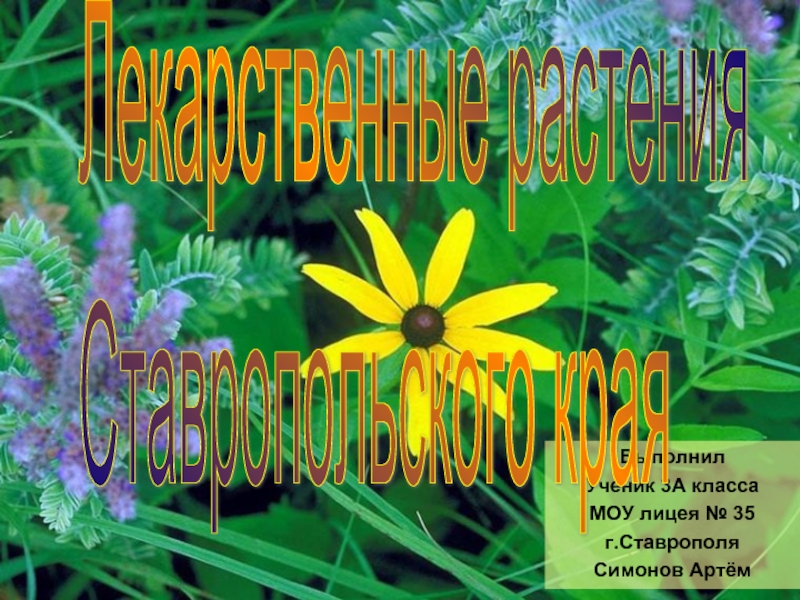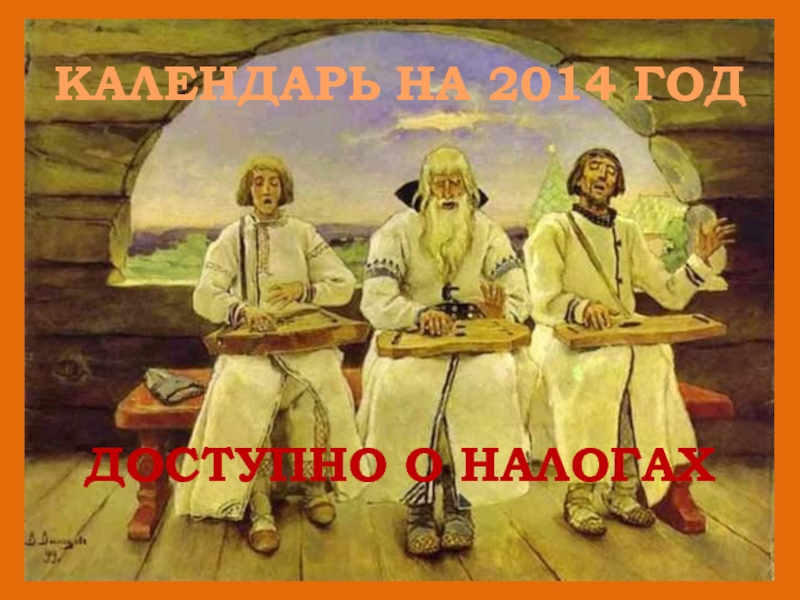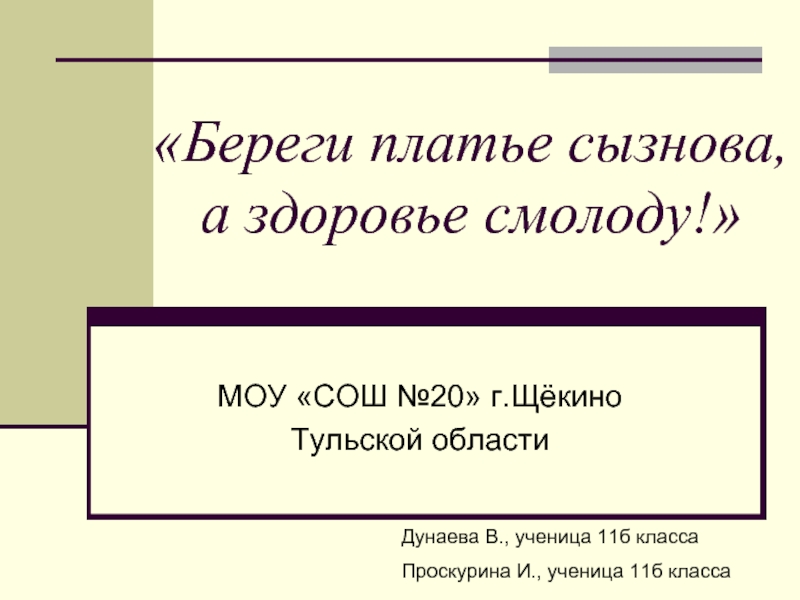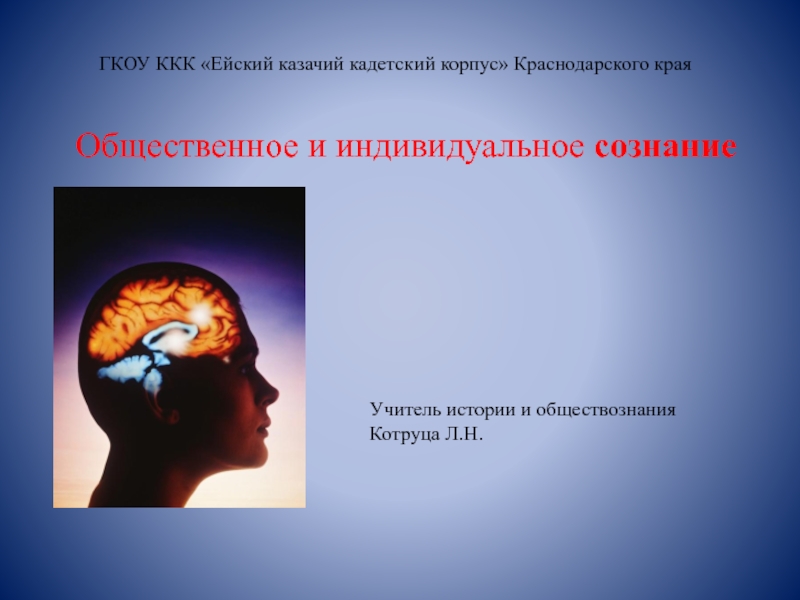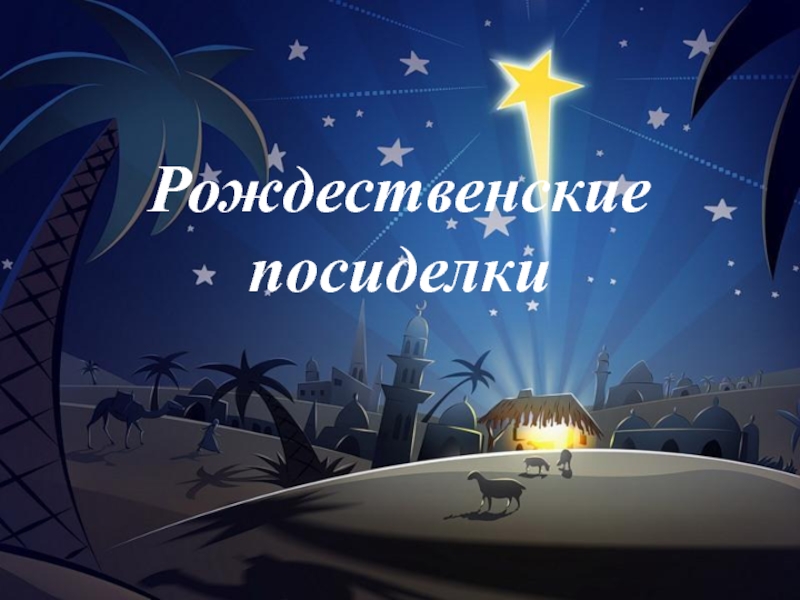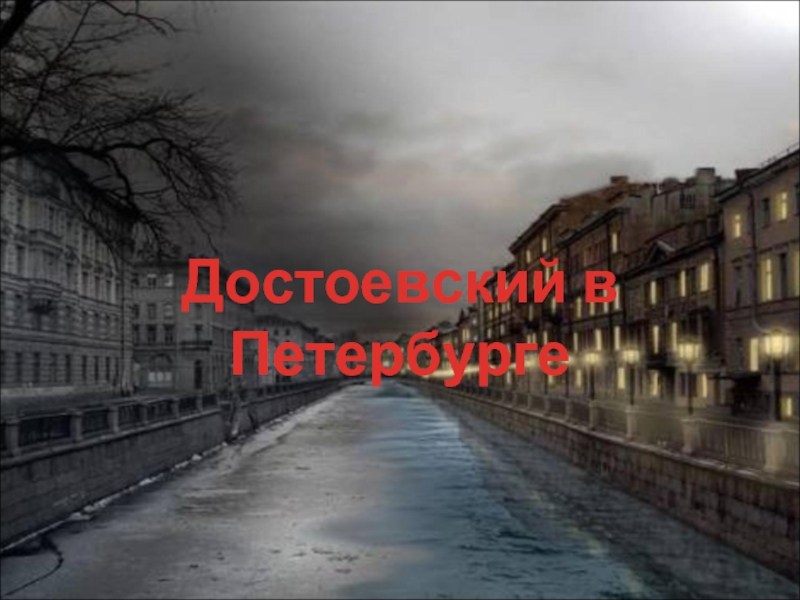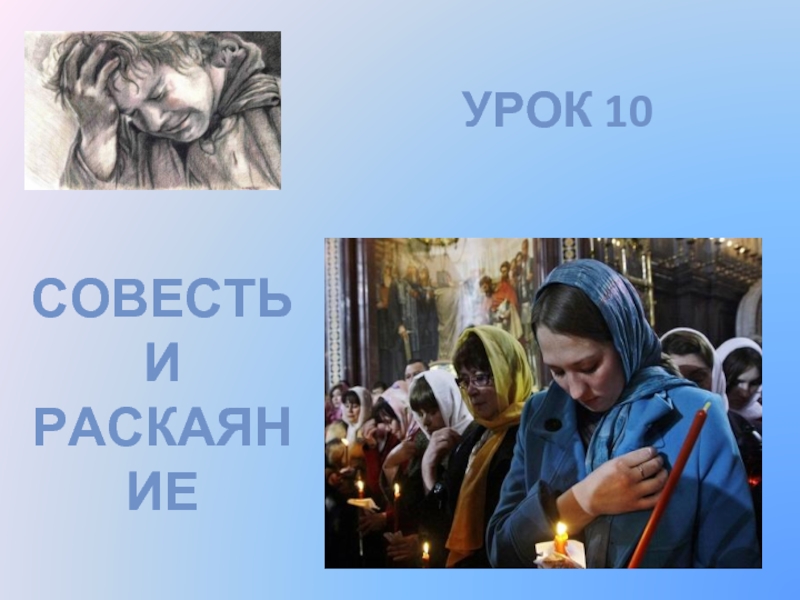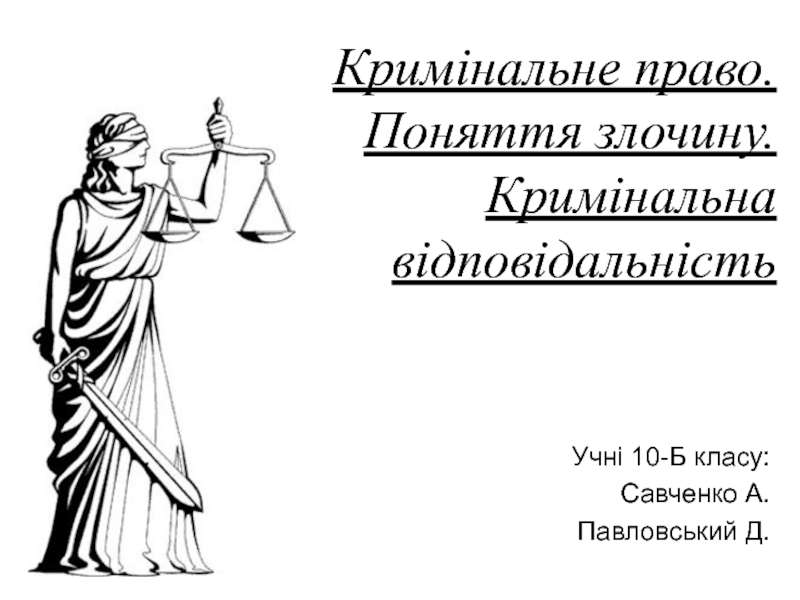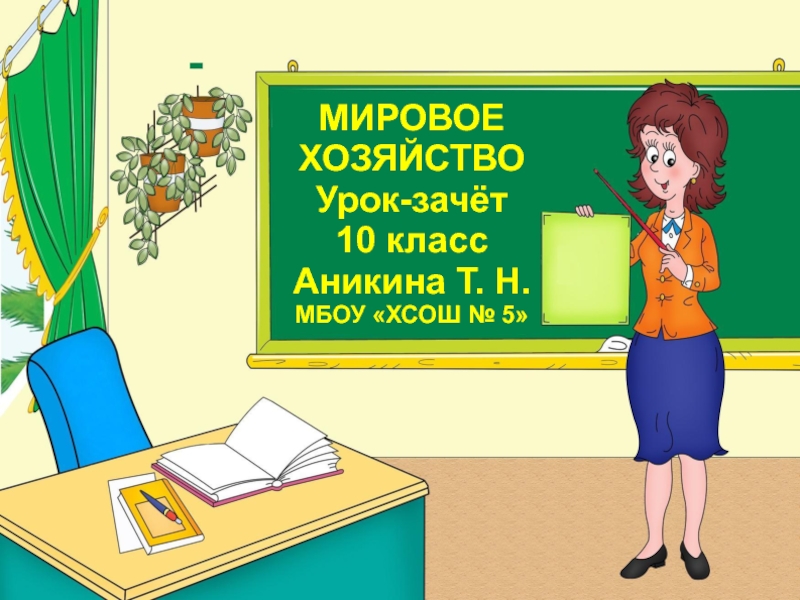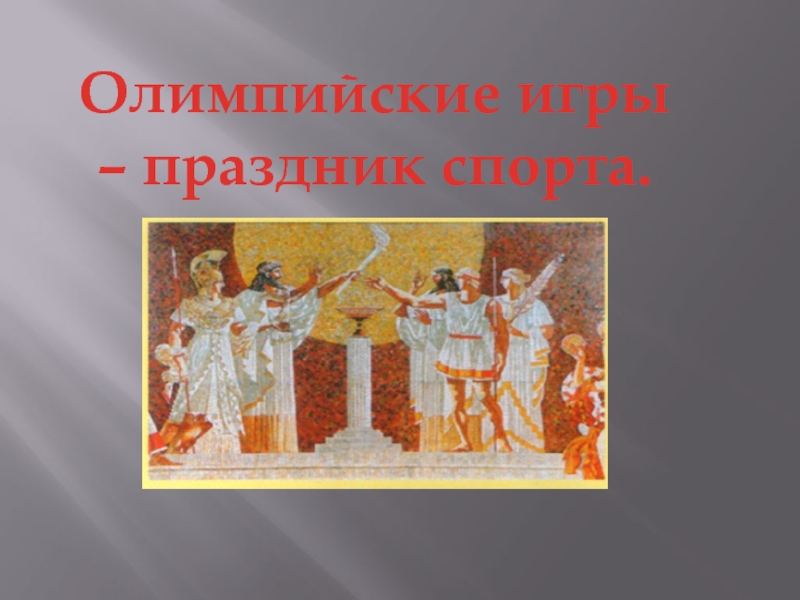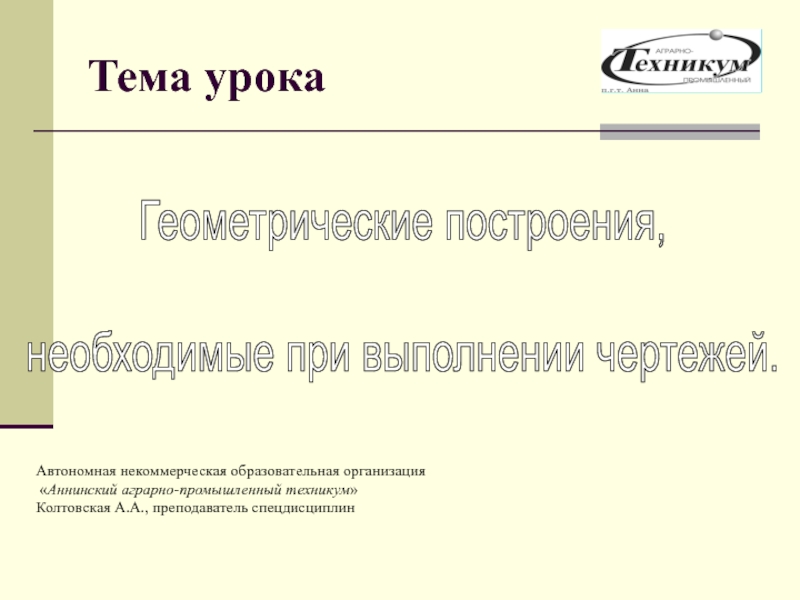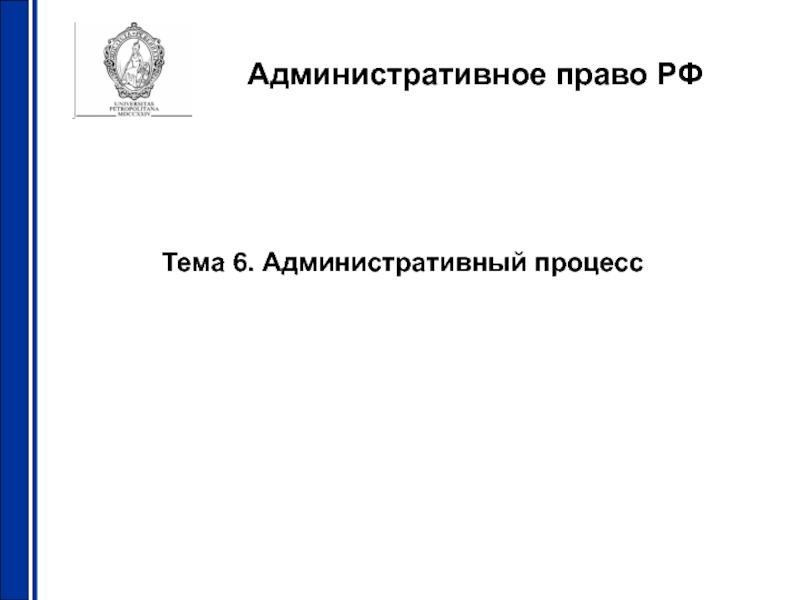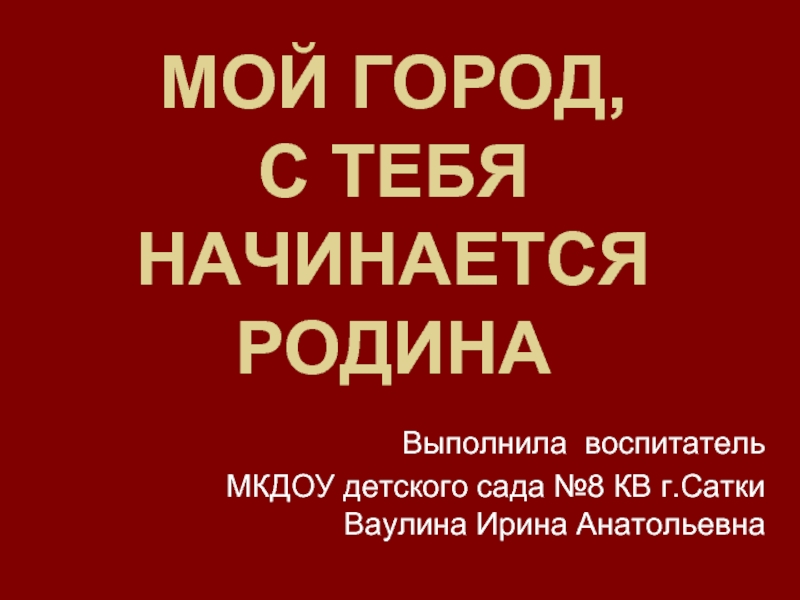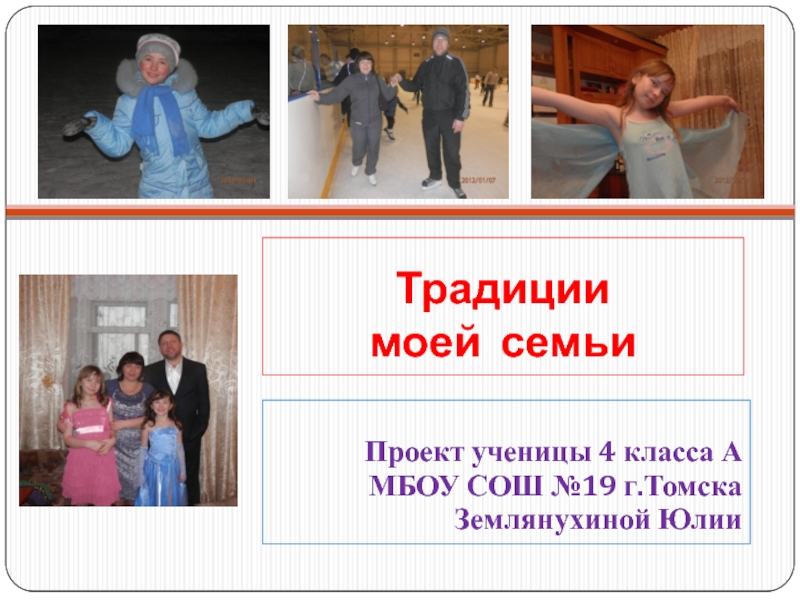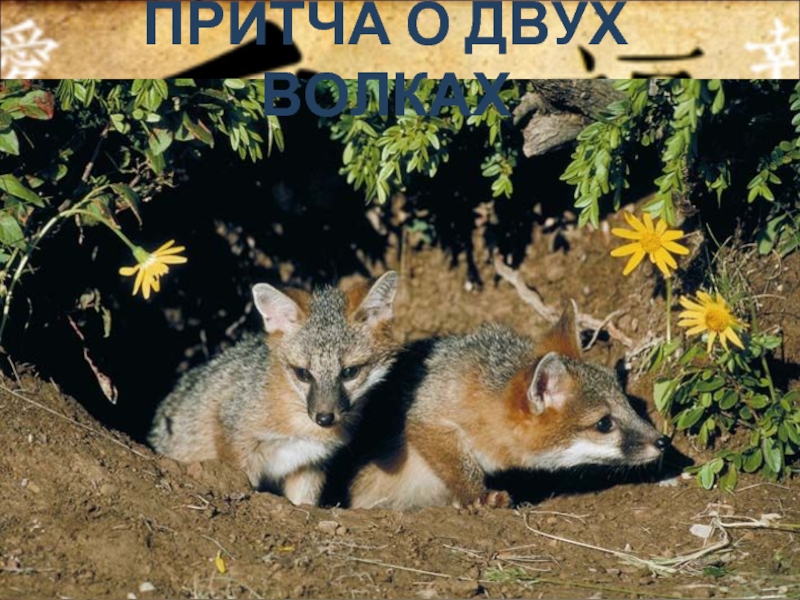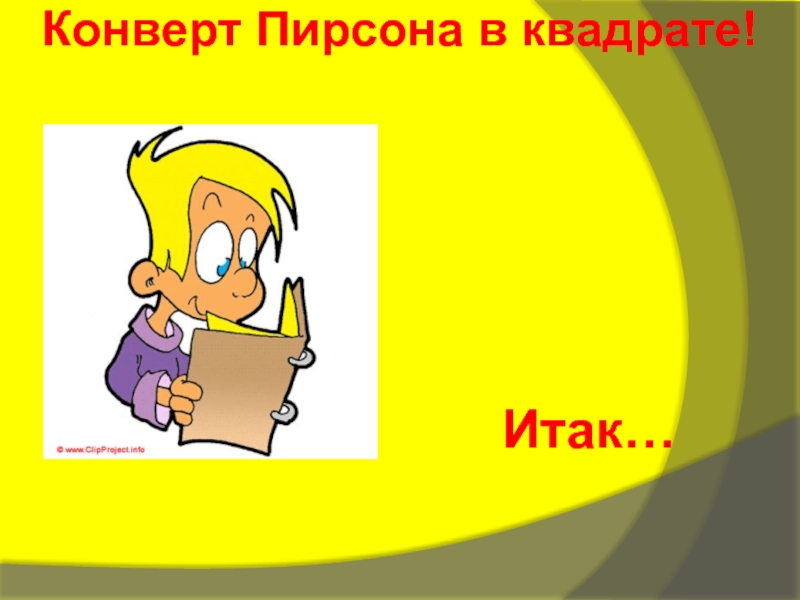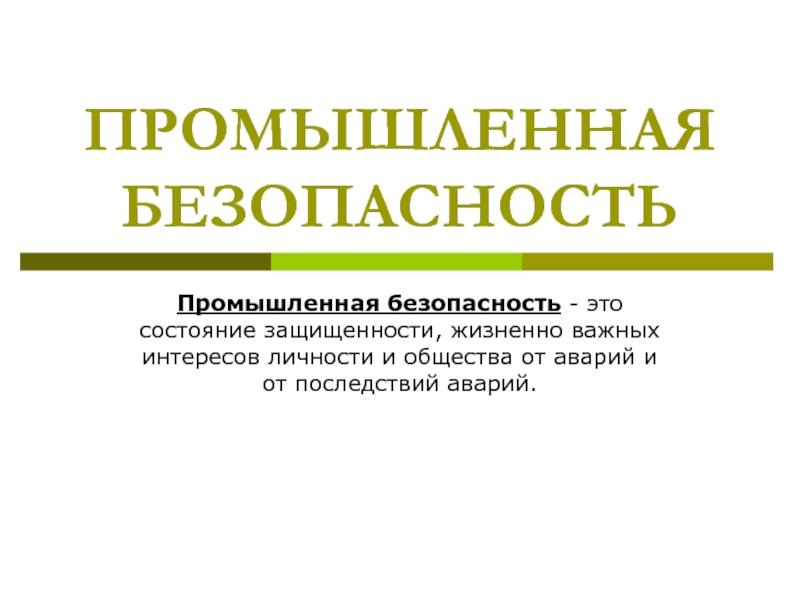Разделы презентаций
- Разное
- Английский язык
- Астрономия
- Алгебра
- Биология
- География
- Геометрия
- Детские презентации
- Информатика
- История
- Литература
- Математика
- Медицина
- Менеджмент
- Музыка
- МХК
- Немецкий язык
- ОБЖ
- Обществознание
- Окружающий мир
- Педагогика
- Русский язык
- Технология
- Физика
- Философия
- Химия
- Шаблоны, картинки для презентаций
- Экология
- Экономика
- Юриспруденция
THE SCIENTISTS (Великие ученые – наши земляки)
Содержание
- 1. THE SCIENTISTS (Великие ученые – наши земляки)
- 2. The Day of Russian Science Russian Science
- 3. D.I. Mendeleyev (1834—1907)Dmitry Ivanovich Mendeleyev is a
- 4. Mendeleyev was born in the village
- 5. He received secondary education
- 6. Mendeleyev became Professor of Chemistry at the Technical Institute in 1863 of St. Petersburg.
- 7. Д.Менделеев в мантии Оксфордского университетаIn 1905, Mendeleev
- 8. In 1893 he became director of the
- 9. TOBOLSKTobolsk State Social And Pedagogical Academy named after D.I. Mendeleev
- 10. Named in memory of Mendeleevthe chemical element , a mineral ,
- 11. Russian Academy of Sciences established
- 12. Raul–Yuri Georgievich Ervier (1909 – 1991)
- 13. On 29
- 14. His name was given to a street
- 15. Viktor Muravlenko Viktor Muravlenko - Soviet
- 16. Since 1965 Muravlenko worked in the Tyumen
- 17. Farman Kurban ogly Salmanov (1931 - 2007)
- 18. Having worked in Western Siberia for over
- 19. Nikolay Nikitin (1907 - 1973)
- 20. Moscow State University is 240 m high
- 21. Ostankino Tower is a television and
- 22. Mother Motherland is a statue in Mamayev
- 23. The Palace of Culture and Science in
- 24. Yuri Sergeyevich OsipovYuri Osipov (born July 7,
- 25. Professor, Doctor of History Sciences Dmitry Ignatievich
- 26. Скачать презентанцию
The Day of Russian Science Russian Science Day was established in 1999. It is dedicated to the date of the founding of the Russian Academy of Sciences, established by order of
Слайды и текст этой презентации
Слайд 1THE SCIENTISTS
(Великие ученые – наши земляки)
автор Макаров А.Д., преподаватель Тюменского
нефтегазового колледжа имени Ю.Г.Эрвье
Слайд 2The Day of Russian Science
Russian Science Day was established
in 1999.
It is dedicated to the date of the
founding of the Russian Academy of Sciences, established by order of Emperor Peter I in 1724.Слайд 3D.I. Mendeleyev (1834—1907)
Dmitry Ivanovich Mendeleyev is a famous Russian chemist.
He is best known for his development of the periodic
table of the chemical elements.Слайд 4
Mendeleyev was born in the village of Verkhnie Aremzyani
in 1834 , near Tobolsk in Siberia.
Tobolsk, the Kremlin
Mendeleyev D.I.
Слайд 5 He received secondary education in Tobolsk and
then entered the Petersburg Pedagogical Institute.
After
graduation he worked as a teacher for two years. 1885
Слайд 6 Mendeleyev became Professor of Chemistry at the Technical Institute
in 1863 of St. Petersburg.
Слайд 7Д.Менделеев в мантии
Оксфордского университета
In 1905, Mendeleev was elected a
member of the Royal Swedish Academy of Sciences.
Слайд 8In 1893 he became director of the Bureau of Weights
and Measures in St. Petersburg and held this position until
his death in 1907.Слайд 10Named in memory of Mendeleev
the chemical element , a mineral , an asteroid , a crater on the
dark side of the Moon, an undersea ridge , a mountain peak, a volcano, a city in Tatarstan,
an island , metro station and so on.Слайд 11
Russian Academy of Sciences established Mendeleev Golden
Medal in 1998 for achievements in chemical science and technology.
Слайд 12Raul–Yuri Georgievich Ervier (1909 – 1991)
A legendary
geologist who led the search
and discovery of Tyumen oil.
The initiator and organizer of the wide-scale exploration of the
largest in the USSR, the West Siberian oil and
gas province.
In August 1952 he was assigned to Tyumen
oil and gas exploring expedition.
Since 1955 he was the main engineer of Tyumen
gas and oil exploring trust. Since 1956 he was
the director of the trust, later the department of
“Tyumenneftegeologiya”.
The head of “Glavtyumengeologiya” in
1966-1977.
Слайд 13
On 29 April 1963 Yuri
Georgievich Ervier
was awarded the star of the Hero of
Socialist Labour and the Order of Lenin and a gold medal
“Hammer and Sickle” for outstanding
achievements in discovering and exploration
of gas and oil deposits.
In April 1964 he was among the group of
specialists and scientists awarded the Lenin
prize.
During his management more than 250 fields
of oil and gas were discovered, some of them
are unique: Mamontovskoe, Pravdinskoe,
Samotlorskoe, Fedorovskoe, Holmogorskoe
(of oil) and Zapolyarnoe, Medveshye,
Urengoyskoe, Yamburgskoe (of gas).
Слайд 14
His name was given to a street in Tyumen and
a charity fund of Russian geologists.
On 14 April 2006
in Tyumen a monument to Ervier who had worked in “Glavtyumengeologiya” for many years was opened in Respublika street. The text on the monument says: “To Ervier Yuri Georgievich – from grateful Tyumen”.
Слайд 15Viktor Muravlenko
Viktor Muravlenko - Soviet organizer of
the oil and gas industry, head of the largest in
the USSR oil industry enterprise Giprotyumenneftegaz in 1965-1977 years. Hero of Socialist Labour and the laureate of Lenin and State prizes. In 1936 he graduated the Oil Institute in Grozny . His professional career began in the oil fields in the Chechen-Ingush ASSR.Слайд 16Since 1965 Muravlenko worked in the Tyumen region. From 1965
he was head of Glavtyumenneftegaz. He taught in the Tyumen
industrial Institute. In honor of Muravlenko named the town in the Tyumen region, one of the largest in the oil industry research Institute «Giprotyumenneftegaz», a secondary school in the village Parfenovo in Tyumen, the streets in Tyumen, Samara, Zhigulyovsk. In 2007 the plane Tu-154 of UTair was given the name «Viktor Muravlenko».Слайд 17Farman Kurban ogly Salmanov (1931 - 2007)
The Soviet and
Russian geologist,
Doctor of geological-mineralogical
Sciences, corresponding member
of RAS (1991), Hero
of Socialist Labour (1966), the Honoured
Geologist of the Russian Federation.
Слайд 18Having worked in Western Siberia for over 30 years, he
became a discover in the Tyumen North more than 130
fields of «black gold» and «blue fuel», including the largest: Mamontov, Megionskoye, Pravdinskoye, Ust-Balyk, Surgutskoye, Fedorov, Urengoiskoye, Yamburgskoye and many others, which became the main base of the oil and gas complex of Russia.After that, in the area of Ust-Balyk the second well gave fountain, Salmanov sent telegram to N. C. Khrushchev with the following content: I found oil. The Well strikes by all the rules .That's it. «Я нашел нефть. Скважина лупит по всем правилам .Вот так, Салманов».
Слайд 19Nikolay Nikitin (1907 - 1973)
Nikolay Nikitin was
a construction engineer of the Soviet Union, best known for
his monumentalstructures.
Nikolay was born in Tobolsk. In 1930, Nikolay graduated from the Tomsk Technological Institute.
Слайд 20Moscow State University is 240 m high main building. At
the time of its construction it was the tallest building
in Europe. Built from 1949 to 1953.Warsaw Palace of Culture and Science, constructed from 1952 to 1955 also in partnership with Lev Rudnev as main architect.
Luzhniki Stadium
Слайд 21Ostankino Tower is a television
and radio tower
in Moscow.
Standing 540.1 metres tall,
Ostankino was designed by Nikolai Nikitin. It is currently
the tallest freestanding structure
in Europe and eighth tallest in
the world. Ostankino was built
to mark the 50th anniversary of
the October Revolution. It is
named after the Ostankino district
of Moscow in which it is located.
Слайд 22Mother Motherland is a statue in
Mamayev Kurgan in Volgograd,
commemorating the Battle of
Stalingrad. It was designed by
sculptor
Yevgeny Vuchetich and engineer Nikolai Nikitin, and
declared the largest statue in
the world in 1967.
Слайд 23The Palace of Culture and Science in Warsaw is the
tallest building in Poland, the eighth tallest building in the
European Union. The building was originally known as the Joseph Stalin Palace of Culture and Science.Construction started in 1952 and lasted until 1955. A gift from the Soviet Union to the people of Poland.
Слайд 24Yuri Sergeyevich Osipov
Yuri Osipov (born July 7, 1936, Tobolsk) -
Russian mathematician and engineer, teacher, professor. President of the Russian
Academy of Sciences from 1991 to 2013. Academician.In Tobolsk he graduated school № 13 with a gold medal.
Слайд 25Professor, Doctor of History Sciences Dmitry Ignatievich Kopylov
Professor Kopylov
written 103 works, the most important are: the books «Ermak»
, «Manufacturing of Siberia in early XVIII-XIX centuries», «Tyumen», «Stories about history of the Tyumen region».
Теги
